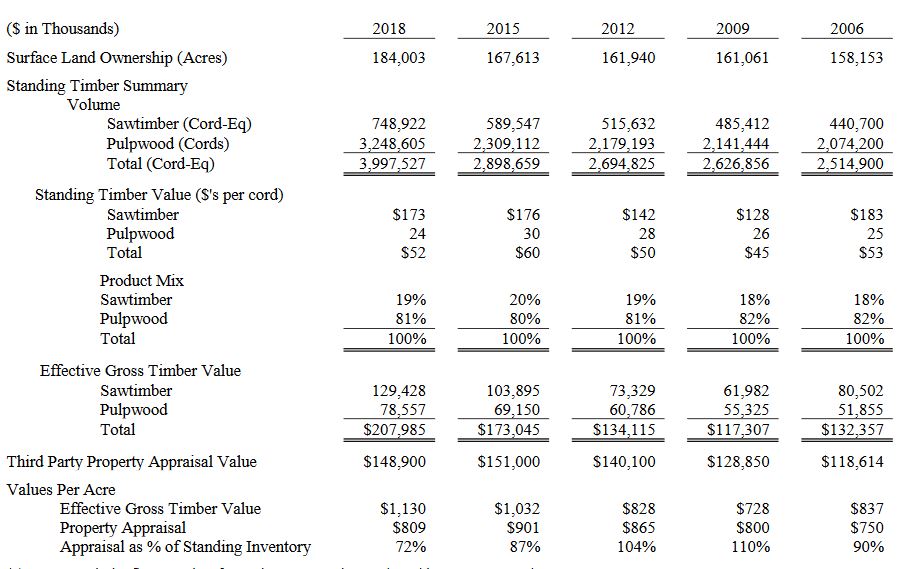Bonal (BONL): An Extremely Tiny, Extremely Illiquid Stock that Earns a Lot But Doesn’t Grow at All
Bonal isn’t worth my time. It might be worth your time. It depends on the size of your brokerage account and the extent of your patience.
So, why isn’t Bonal worth my time?
I manage accounts that invest in “overlooked” stocks. Bonal is certainly an overlooked stock. It has a market cap under $3 million and a float under $1 million (insiders own the rest of the company). It often trades no shares in a given day. When it does trade, the amounts bought and sold are sometimes in the hundreds of dollars – not the thousands of dollars – for the entire day. It’s also a “dark” stock. It doesn’t file with the SEC. However, it does provide annual reports for the years 2014 through 2018 on the investor relations page of its website. In the past, the stock has also been written up by value investing blogs. Most notable is the write-up by OTC Adventures (the author of that blog runs Alluvial Capital – sort of another “overlooked stock” fund). That post was written back in 2013. So, it includes financial data from 2008-2013. I strongly suggest you read OTC Adventure’s post on Bonal:
Bonal International: Boring Products and Amazing Margins – BONL
The company has also gotten some coverage in a local newspaper. For example, I’ve read articles discussing Bonal’s attempt to sell itself at a below market price. Shareholders rejected this. So, the stock isn’t a complete enigma. You have write-ups like OTC Adventures, you have some old press coverage, and you have annual reports (complete with letters to shareholders) on the company’s investor relations page. At the right price, it’s definitely an analyze-able and presumably invest-able stock.
But, not for me. Because I run managed accounts focused on overlooked stocks, I try never to eliminate a stock simply because it’s very, very small or trades almost no shares on most days. Even stocks that appear to have zero volume are sometimes investable. In my personal experience, I can point to cases where I bought up to 10,000 shares of a stock in a single trade that had a history of trading less than 500 shares on average. And that’s not a one-off fluke. It’s happened to me more than once. So, if the shares are out there – your best bet is to bid for the stock you like best regardless of what the past volume of that stock has been. Often, it may be easier to get into – and even out of a stock – in a few big trades than it appears on the surface. This is due in part to people trading much smaller amounts of the stock than you – and a few other bigger, or simply more concentrated investors – will want.
However, in the case of Bonal – there simply aren’t enough shares held by non-insiders to make it worth my while. The accounts I manage are not big. But, the investment strategy I practice is not one …
Read more
 You can
You can